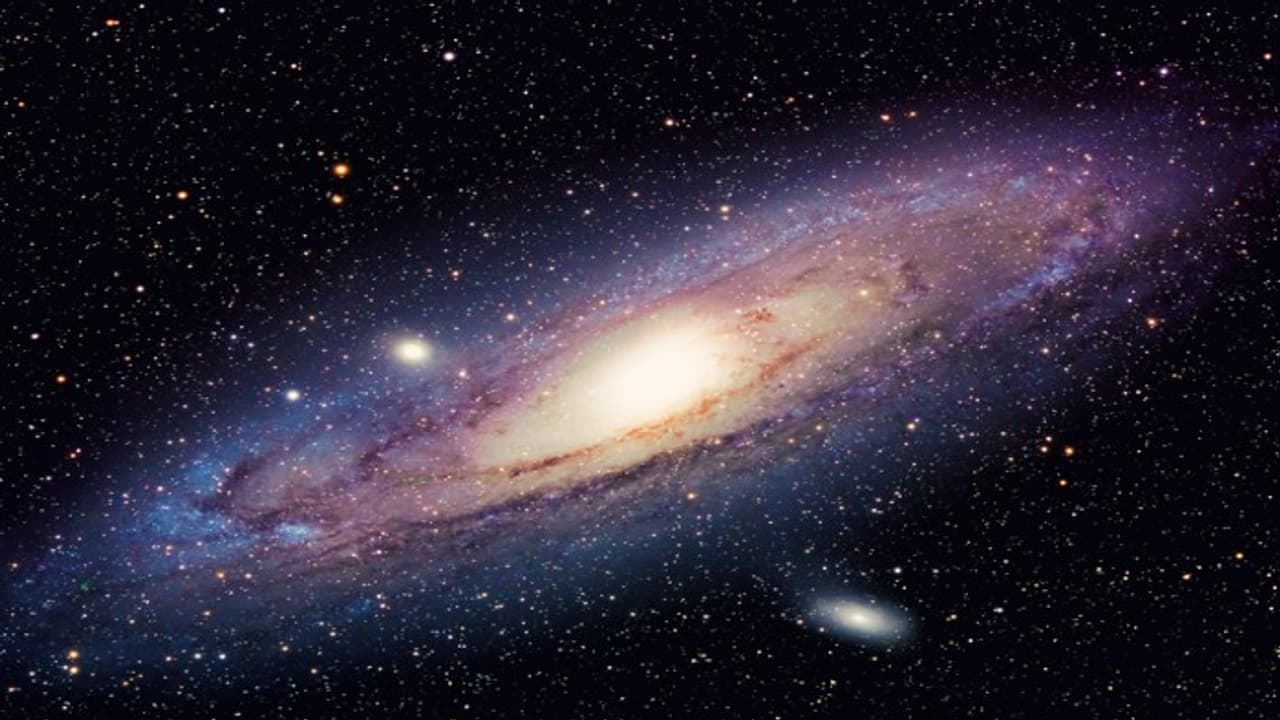Using the James Webb Space Telescope, scientists have discovered 1,678 ancient galaxy groups, offering new insight into the early universe and galaxy formation. These are the deepest and most detailed galaxy group images ever captured.
Astronomers have made a huge discovery using NASA’s James Webb Space Telescope. They have detected nearly 1,700 galaxy groups, the biggest and most detailed sample ever found. These groups are like cosmic families of galaxies that stick together and grow over time. The images come from a part of the sky known as COSMOS Web.

Led by Ghassem Gozaliasl from Aalto University, the team looked back in time to when the universe was just a few hundred million years old. The galaxies they observed are between one and twelve billion years old, helping scientists learn how galaxies form, grow, and group together.
This discovery is a major step in understanding how the universe has changed over billions of years. Thanks to the Webb Telescope’s powerful eye, researchers can now see galaxies that are a billion times dimmer than what the human eye can detect.
“Galaxy groups are full of dark matter, hot gas, and giant black holes,” said Gozaliasl. “These parts interact in complex ways, and now we can study how they shaped galaxies over time.”
One stunning image from the research, showing a galaxy cluster over six billion light years away, has been chosen as the European Space Agency’s Picture of the Month. The full findings will soon be published in the journal Astronomy and Astrophysics.
This discovery gives scientists the clearest look yet at the history of galaxy evolution, offering clues about how the largest structures in the universe came to be.


